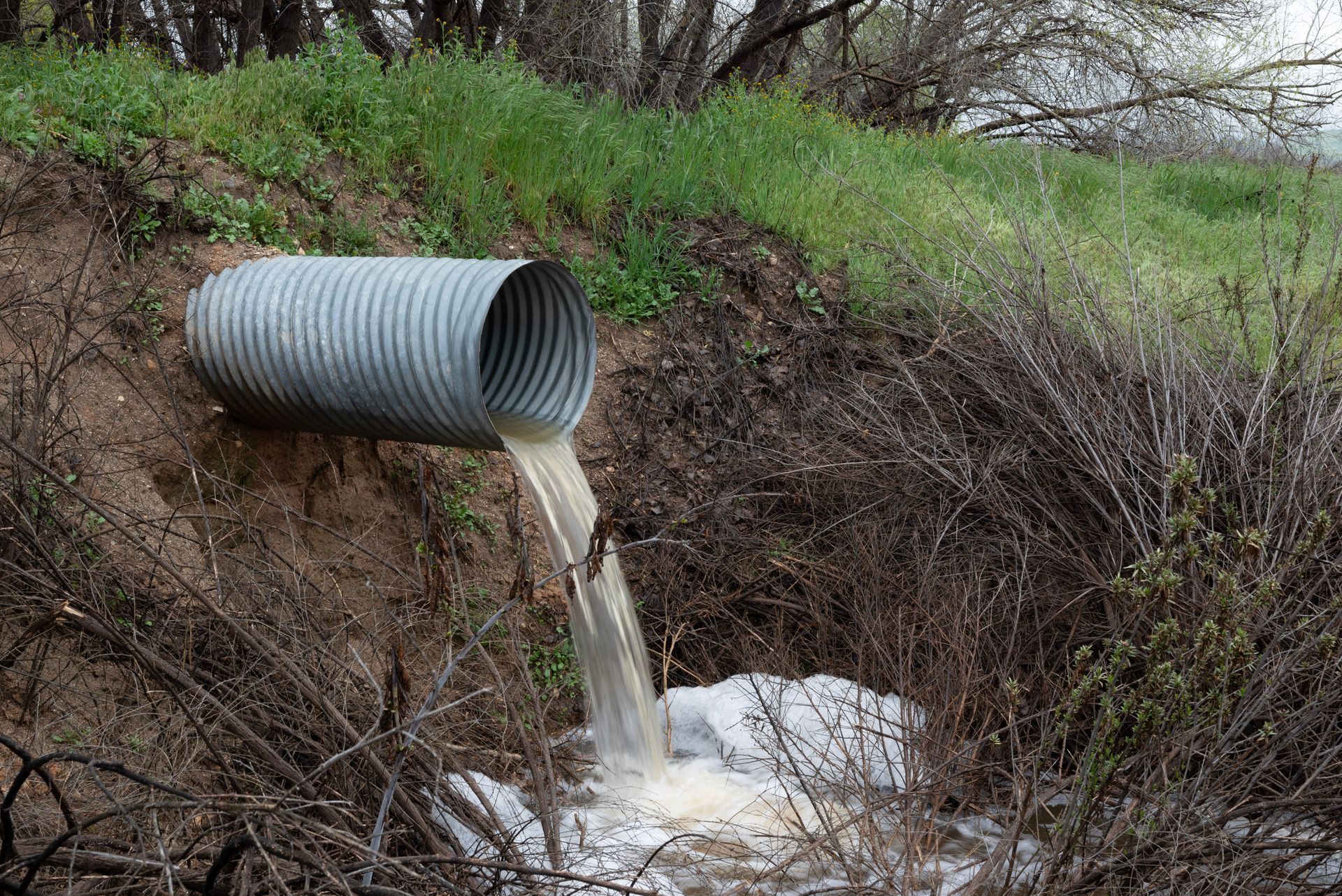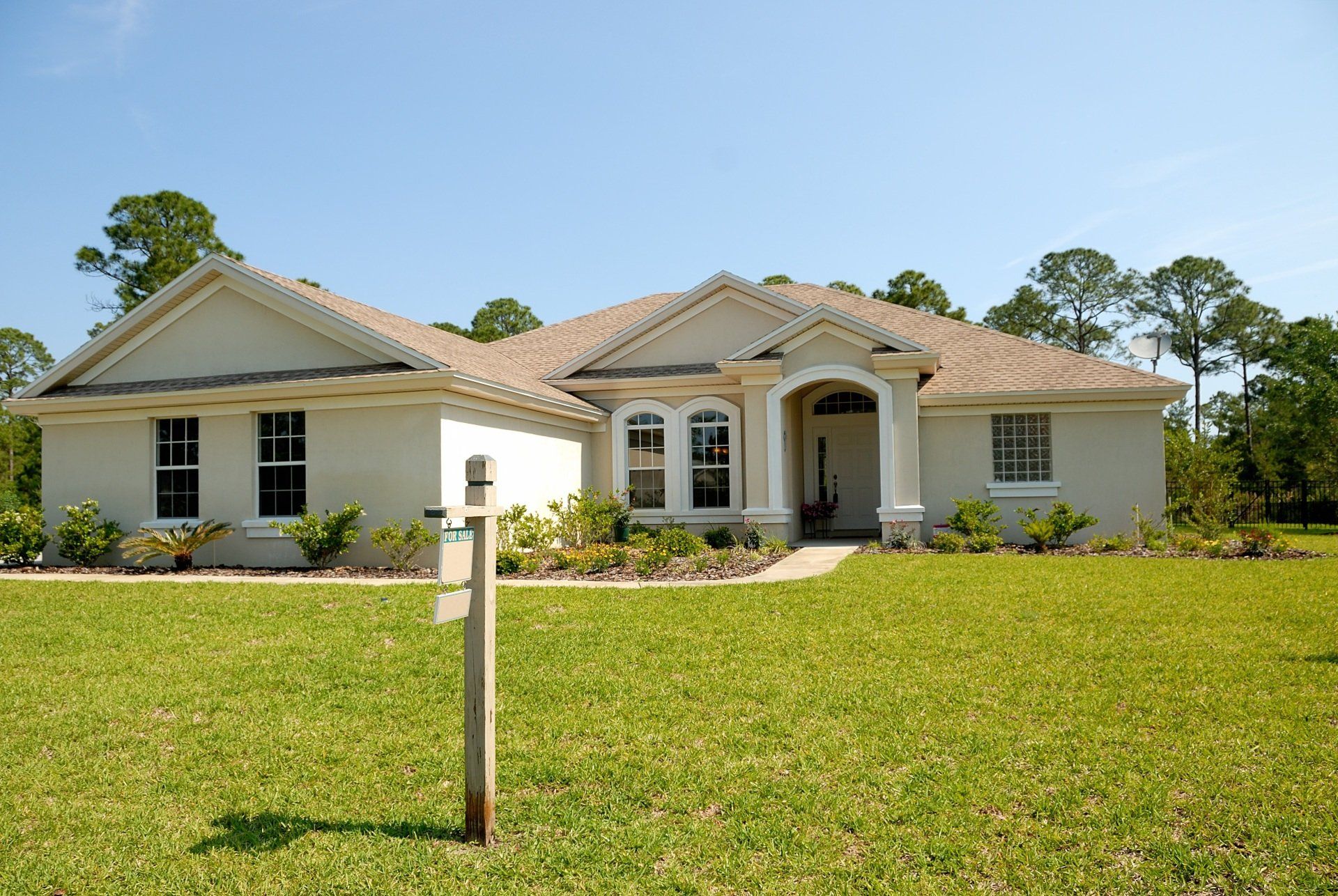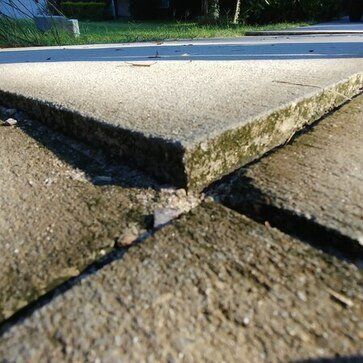Unlocking the Secrets of Effective Water Management with French Drains
Mastering Moisture Control: The Ultimate Guide to French Drain Systems for Homeowners
In the world of residential water management, the French drain stands out as a remarkably efficient solution to a wide array of drainage problems. From preventing water from pooling around your home’s foundation to solving the mystery of a wet basement, a properly installed French drain system can be the unsung hero of your property’s drainage infrastructure. This comprehensive guide aims to demystify the French drain, offering insights into its design, installation, and maintenance to ensure your home remains dry and damage-free.

Understanding the French Drain
At its core, a French drain is a trench filled with gravel or rock containing a perforated pipe that directs surface and ground water away from an area. It’s ingeniously simple yet effective, capitalizing on gravity to pull water through the gravel and down through the pipe, redirecting it away from structures and susceptible areas of your property.
Components of a French Drain System
The key components of a French drain include the trench, the perforated drain pipe (often referred to as a French drain pipe), and the gravel or rock that surrounds it. This system can be adapted to address a variety of drainage issues, from basement flooding to soggy yards.
French Drain Installation: A Step-by-Step Guide
Installing a French drain involves several critical steps to ensure effectiveness and longevity:
- Planning: Identify the water problem areas and determine the best path for your drain that ends in a suitable drainage area.
- Digging the Trench: The trench should be sloped (about 1 inch for every 8 feet) to allow water flow. Its depth and width will depend on your specific situation.
- Laying the Pipe: Place a perforated drain pipe in the trench, ensuring it's laid at the correct slope.
- Filling with Gravel: Surround the pipe with gravel or rock, then cover with landscape fabric to prevent sediment from clogging the system.
- Backfilling: Cover the gravel with soil, restoring the landscape.
Addressing Common Issues: Basements and Foundations
A French drain basement or around the foundation is especially beneficial in preventing water from compromising the structural integrity of your home. By redirecting water away from these critical areas, you can avoid the costly and hazardous problems associated with water infiltration.
The Cost of Peace of Mind: French Drain System Cost
The French drain cost can vary widely depending on factors such as the length of the drain, the type of materials used, and the complexity of the installation. On average, the French drain installation cost can range from a few hundred to several thousand dollars. Investing in a French drain around the foundation or for basement water management is often a cost-effective decision in the long run, considering the potential damage that unmanaged water can cause.
Maintenance to Avoid a French Drain Clogged
Maintenance is key to preventing a French drain clogged situation. Periodic inspections and cleaning of the drain pipe, especially after heavy rainfalls or in the fall when leaves are abundant, can help maintain the system's functionality. Signs of drain blockage or drain problems should be addressed promptly to avoid costly drain pipe repair.
Professional vs. DIY Installation
While DIY enthusiasts may be tempted to tackle French drain installation, it’s crucial to weigh the benefits of hiring a drainage company. Professional installation ensures that the system is correctly designed and installed, potentially saving you from drain problems down the line. Drain plumbing, particularly for a French drain basement, often requires expertise to navigate the complexities of underground utilities and proper gradient establishment.
The Importance of Proper Drainage Planning
Effective water management begins with meticulous planning. A French drain system is no exception. Before breaking ground, it's crucial to conduct a thorough assessment of your property's natural water flow, soil type, and the specific water issues you're facing. This initial step is vital to ensure that the French drain installation will effectively address your drainage needs without causing unforeseen problems elsewhere.
Customization: Tailoring the System to Your Needs
One of the advantages of a French drain is its versatility. The system can be customized to suit a wide range of applications, from protecting a basement from water ingress to preventing standing water in your garden. For instance, the depth and size of the trench, the type of gravel used, and the specific layout of the drain pipe can all be adjusted based on the unique characteristics of your property and the water issues you're encountering.
French Drain Around Foundation: A Closer Look
Installing a French drain around the foundation is a proactive measure that can save homeowners from future headaches. This application is particularly effective in areas prone to heavy rain or for houses situated on slopes where water naturally flows toward the foundation. By intercepting water before it can reach the foundation and redirecting it away from the house, a French drain can significantly reduce the risk of foundation damage, basement flooding, and the myriad issues associated with excess moisture, such as mold and mildew growth.
Overcoming Challenges: Dealing with a French Drain Clogged
Even the best-laid French drains can encounter problems, such as becoming clogged with sediment or roots. Recognizing the signs of a clogged French drain early can save considerable time and expense. Indicators include water pooling in areas that were previously dry, damp patches near the drain outlet, or a noticeable decrease in water flowing from the drain exit. Regular maintenance, such as removing debris from the drain opening and flushing the system with water, can help prevent blockages.
The Role of Drainage Companies
For those who prefer not to DIY, drainage companies offer invaluable expertise. From initial consultation and design to installation and maintenance, these professionals can ensure your French drain system is optimized for your property’s specific needs. They can also navigate the often complex legal and environmental regulations surrounding residential drainage in your area, ensuring that your system complies with local codes and permits.
Leveraging Technology: Advanced Solutions for Drain Problems
Innovations in drainage technology mean that today's French drain systems can be more efficient and longer-lasting than ever before. For example, newer materials for drain pipes and geotextiles (fabric that filters sediment) can enhance the efficiency and longevity of a French drain. Additionally, advanced techniques in drain plumbing and installation can minimize the impact on your landscape while maximizing the effectiveness of water diversion.
Conclusion: A Sustainable Solution for Water Management
Ultimately, a French drain represents a sustainable approach to managing water on your property. By leveraging the simplicity of gravity and the natural filtration of soil and gravel, it offers an eco-friendly solution to complex drainage problems. Whether you're safeguarding your basement against water damage, protecting your foundation, or simply looking to improve the drainage of your yard, a French drain system provides a reliable, cost-effective solution. With proper planning, installation, and maintenance, your French drain can serve as a cornerstone of your property's water management strategy for years to come.



